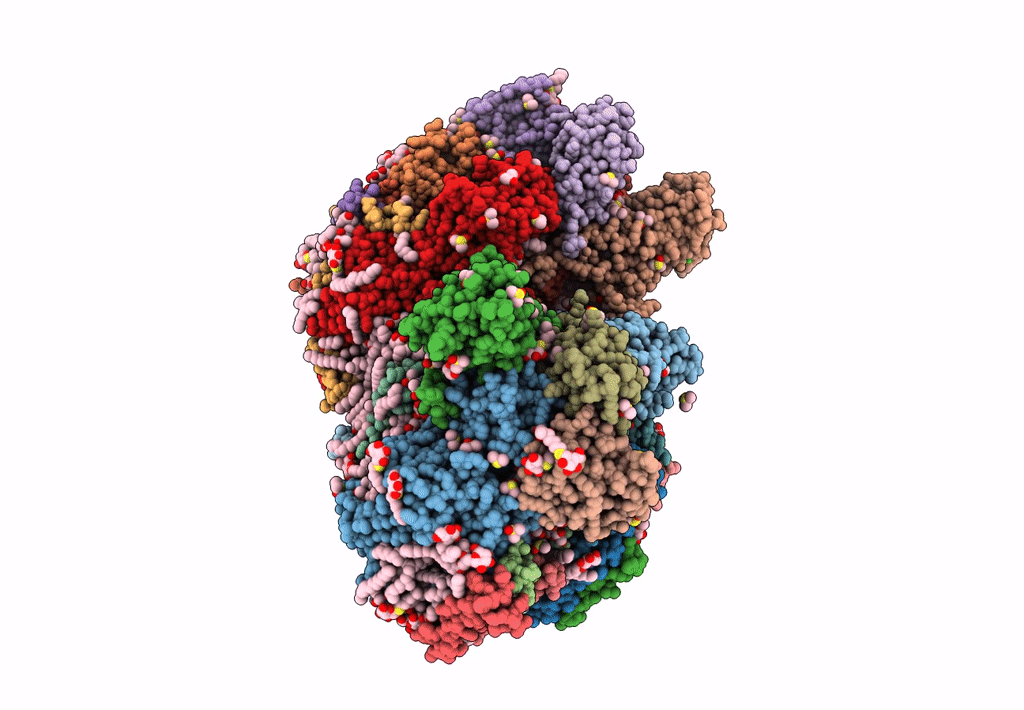
Deposition Date
2022-08-05
Release Date
2022-11-30
Last Version Date
2025-09-17
Entry Detail
PDB ID:
7YQ2
Keywords:
Title:
Crystal structure of photosystem II expressing psbA2 gene only
Biological Source:
Source Organism:
Thermosynechococcus vestitus BP-1 (Taxon ID: 197221)
Method Details:
Experimental Method:
Resolution:
1.90 Å
R-Value Free:
0.18
R-Value Work:
0.15
R-Value Observed:
0.15
Space Group:
P 21 21 21


